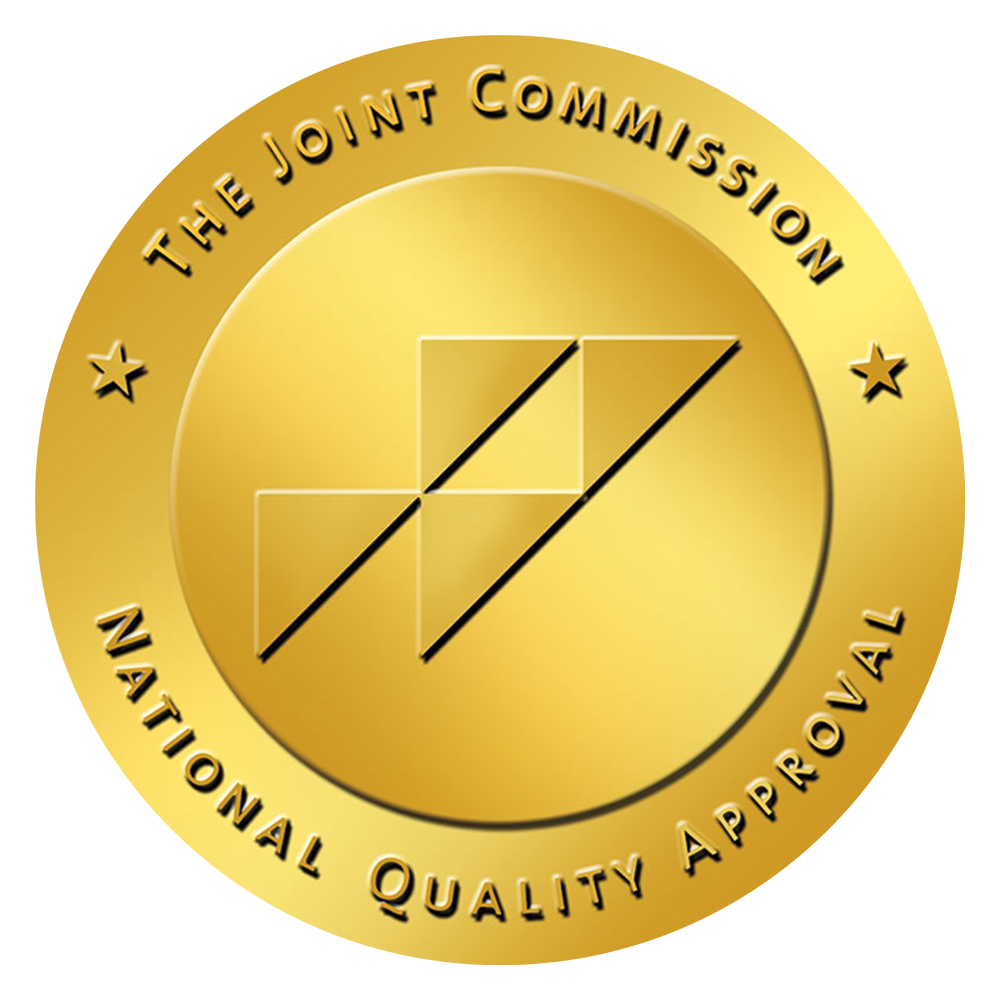Technological Trends Shaping Healthcare Customer Experiences
Customer service forms the backbone of any industry. For customer-centric businesses, customer satisfaction, acquisition, and retention heavily rely on exemplary customer service. It may be the yardstick for measuring business performance and success.
The healthcare industry is no different, especially because every point of contact—from scheduling the first appointment to discharge—is a customer service experience. Efficient healthcare delivery and quality care are only guaranteed when customer service is excellent.
Patient support has undergone a transformational shift over the years, with healthcare industries adopting a more patient-centric approach. This shift has moved the patient from the periphery, as a mere recipient of treatment, to the center as an active participant in their healthcare journey.
Technological advancement has been the greatest contributor to this positive shift. It has enabled the creation of personalized care that provides patients with services tailored to their needs and preferences.
Key Healthcare Customer Experience Trends
Telehealth
Telehealth is the use of digital information and communication technologies to access healthcare services remotely and manage healthcare. It became widespread during the COVID-19 pandemic due to limited human contact and interaction.
Telehealth involves using technologies such as the Internet, video conferencing, mobile devices, wearable digitized devices, applications, and software to deliver healthcare services. Some practical applications include virtual visits via phone or video, uploading health-related data to healthcare providers using mobile apps, wearable devices that record data on blood sugar, physical activity, and heart rate, personal health apps that track vital signs, and electronic personal health records, among others.
Telehealth has eased access to healthcare, making it more convenient for many people, especially those constrained by time, transportation, or mobility. Wait times have significantly decreased as telemedicine brings medical specialists “virtually” closer to patients.
While the benefits of telehealth are significant, its limitations must also be acknowledged. It can create gaps in care due to limited physical engagement, exclude patients from decision-making regarding their treatment, and may not be accessible to everyone due to limited internet access.
Artificial Intelligence
AI has revolutionized healthcare by automating routine tasks, freeing healthcare providers to focus on more complex aspects of patient care that require human interaction.
AI algorithms, for example, analyze vast amounts of patient data—such as medical history, genetics, and lifestyle factors—to predict, diagnose, and recommend disease treatment options. This has enabled highly personalized treatment plans, ensuring greater accuracy in both diagnosis and treatment due to AI’s ability to process complex medical data.
AI-powered chatbots and virtual assistants offer round-the-clock patient support by handling inquiries, scheduling appointments, and providing basic medical advice through conversational AI, onboarding new patients, explaining bills and insurance, and following up post-appointments. These tools pull data from electronic health records, calendar systems, and patient management systems to streamline processes.
Interactive AI educational tools have also promoted health literacy, encouraging preventive and proactive healthcare and enhancing patient empowerment.
As customer service continues to evolve, healthcare providers must keep up with these trends to integrate and adopt them. This will not only improve operational efficiency but also enhance the overall patient experience.






